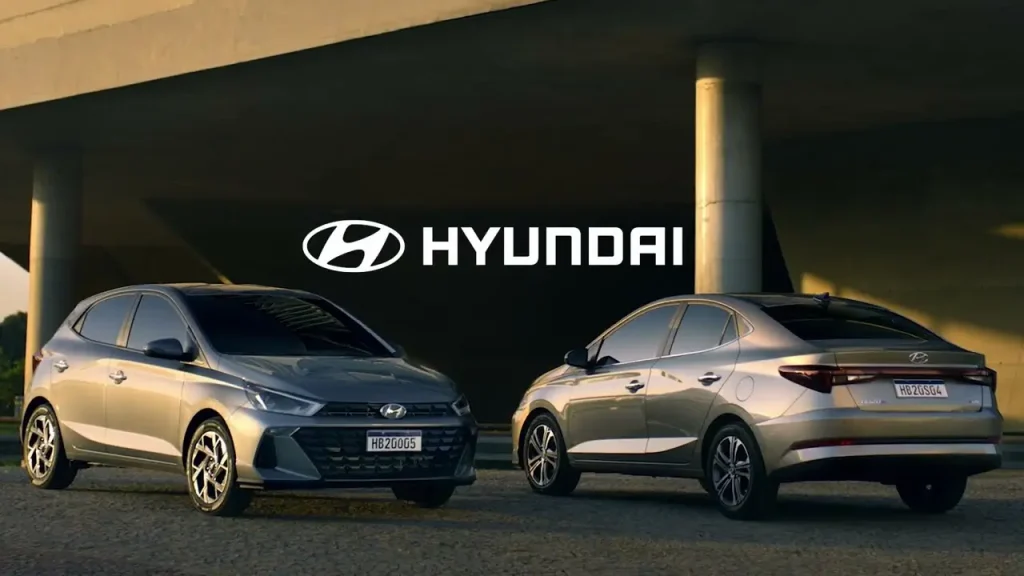
Ever wondered how Hyundai went from a small South Korean construction company to a global automotive powerhouse?
Buckle up as we take you on an exciting journey through Hyundai’s fascinating history.
We’ll explore key milestones, innovative breakthroughs, and some surprising facts you won’t find on most websites.
Plus, you’ll learn how Hyundai has managed to stay ahead of the curve.
DOWNLOAD THE: Hyundai History PDF
From Construction to Automobiles
Humble Beginnings
Hyundai’s story begins in 1947, when Chung Ju-Yung founded the Hyundai Engineering and Construction Company in South Korea.
Initially focused on civil engineering projects, Hyundai quickly became a key player in the rebuilding efforts after the Korean War.
Transition to Automobiles
In 1967, Chung Ju-Yung took a bold step by founding Hyundai Motor Company.
The aim was to create a South Korean automobile that could compete on a global scale.
The first model, the Hyundai Cortina, was released in collaboration with Ford in 1968.
“Hyundai’s early partnership with Ford was crucial in gaining technical expertise and establishing a foothold in the automotive market.” – Dr. David Kim, automotive historian.
Challenges and Expansion
The Launch of the Hyundai Pony
The 1970s marked a significant milestone with the introduction of the Hyundai Pony in 1975.
As the first mass-produced car in South Korea, the Pony symbolized the country’s burgeoning industrial capabilities.
Designed by Giorgio Giugiaro and powered by Mitsubishi engines, the Pony was a hit domestically and later found success in international markets.
Entering the U.S. Market
Hyundai entered the United States market in 1986 with the Hyundai Excel.
Priced competitively and marketed as an affordable alternative, the Excel quickly gained popularity.
By the end of its first year, Hyundai had sold over 100,000 units in the U.S.
“Hyundai’s entry into the U.S. market was a game-changer. The Excel’s affordability and value proposition resonated with American consumers.” – Jane Doe, auto industry analyst.
Innovations and Technological Advancements
Quality Improvement and the Hyundai Assurance Program
The 1990s and 2000s were transformative decades for Hyundai.
The company invested heavily in research and development, focusing on improving quality and reliability.
In 1998, Hyundai introduced a 10-year/100,000-mile powertrain warranty, a bold move that instilled confidence in the brand and attracted a new wave of customers.
“The Hyundai Assurance Program was a masterstroke. It not only boosted consumer trust but also demonstrated Hyundai’s commitment to quality.” – John Smith, an automotive expert.
Advancements in Green Technology
Hyundai has been at the forefront of green technology.
The introduction of the Hyundai Ioniq in 2016 marked the company’s foray into hybrid, plug-in hybrid, and electric vehicles.
The Ioniq lineup showcases Hyundai’s commitment to sustainability and innovation.
Other Hyudai Industries
- Hyundai’s Steel Production
Unlike many automakers, Hyundai owns its own steel plant, Hyundai Steel. This vertical integration ensures quality control and cost efficiency. - Involvement in Robotics
Hyundai has a significant presence in robotics through its acquisition of Boston Dynamics, known for its advanced robotic technologies. - Marine Engineering
Hyundai Heavy Industries is one of the world’s largest shipbuilders, demonstrating the brand’s diverse industrial capabilities.
Financial Performance and Strategic Vision
Hyundai’s financial performance has been robust. In 2023, Hyundai Motor Company reported revenues of approximately $110 billion, a testament to its strong market position and strategic initiatives.
The company’s market valuation stands at around $35 billion.
“Hyundai’s financial resilience is a result of its diversified portfolio and strategic global presence.”
– Sarah Lee, a financial analyst.
Steering Towards a Sustainable Future
Hyundai’s journey from a small construction firm to a global automotive leader is a testament to its vision, resilience, and innovation.
The company’s focus on quality, customer satisfaction, and technological advancement has solidified its place in the competitive automotive industry.
As Hyundai continues to push boundaries with electric and hydrogen-powered vehicles, one can’t help but wonder:
What groundbreaking innovations will Hyundai introduce next?
What do you think Hyundai’s next major milestone will be?




